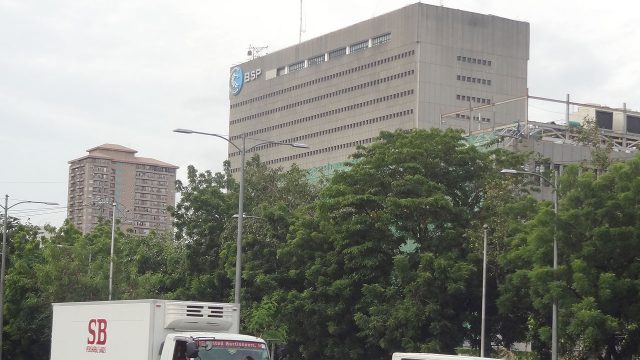BSP tells banks to manage environmental, social risks

THE CENTRAL BANK wants lenders to keep a close eye on environmental and social (E&S) risks in their credit exposure, in line with the Philippines’ sustainable financing goal.
Bangko Sentral ng Pilipinas (BSP) Governor Benjamin E. Diokno signed BSP Circular No. 1128, which directs banks to adopt procedures that will take into account E&S risks that emanate from borrowers and their portfolio. It also mandated banks to set out targets and limits to control these exposures and to assess creditworthiness of borrowers.
“Banks shall consider environmental and social risks in defining credit risk appetite. The type, quantity and severity of E&S risks shall be evaluated taking into account different factors such as the type of loan, location of the borrower, project, and or collateral, and the industry of the borrower, among others,” the circular stated.
Under the circular, banks should engage in a “constructive dialogue” with clients that may pose significant E&S risks. A bank should conduct E&S due diligence on the borrower from the start and on an ongoing basis.
The circular said banks may also require borrowers to provide additional documents such as environmental permits and third-party certifications, especially those involved in the extraction of natural resources, emission of carbon and poisonous gases or substances, and other activities that deemed harmful to the environment.
Lenders should also look into the ability, willingness, and track record of borrowers in implementing measures to reduce their E&S risks.
A bank’s board of directors should also set environmental and social objectives, which may include “progressively increasing targets on the proportion of the loan portfolio allocated for sustainable financing.”
The board should “approve the risk appetite on specific risk areas that the bank is willing and capable to manage, results of stress testing exercises, and assessment of the timing and channels through which E&S risks may materialize.”
Banks should also assess annually the impact on E&S risks on their operations. This would include assessment of a bank’s capability to withstand disruptions, resume operations and continue to provide services.
“For instance, severe weather events could adversely impact business continuity, including branch networks, offices, infrastructure, processes, and staff that could lead to financial losses,” it said.
The Bankers Association of the Philippines (BAP) pledged support for the regulatory framework. BAP Managing Director Benjamin P. Castillo noted seven local banks have already issued more than $1.15 billion of green, social, and sustainability bonds since 2017.
“Incorporating sustainability is not only just about protecting the environment, but is a key factor in the promotion of long-term social and economic growth,” Mr. Castillo said in an e-mail.
“This E&S risk management framework will further enhance bank operations and risk management tools, delivering value to shareholders and uplifting the communities we serve,” he added.
In April 2020, the BSP launched its sustainable finance framework and gave banks a three-year transition period to adopt its provisions.
The government last week launched an interagency sustainable finance framework to address the country’s policy and regulatory gaps in promoting sustainable investments. —
Luz Wendy T. Noble
